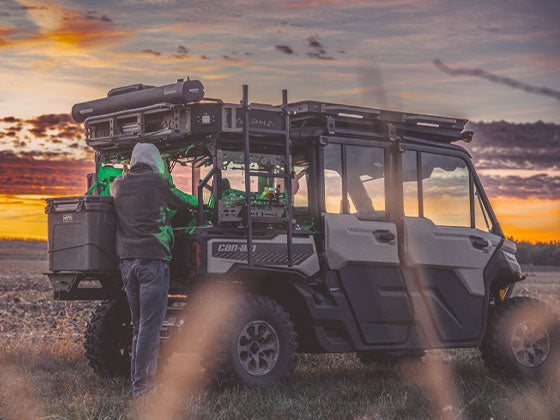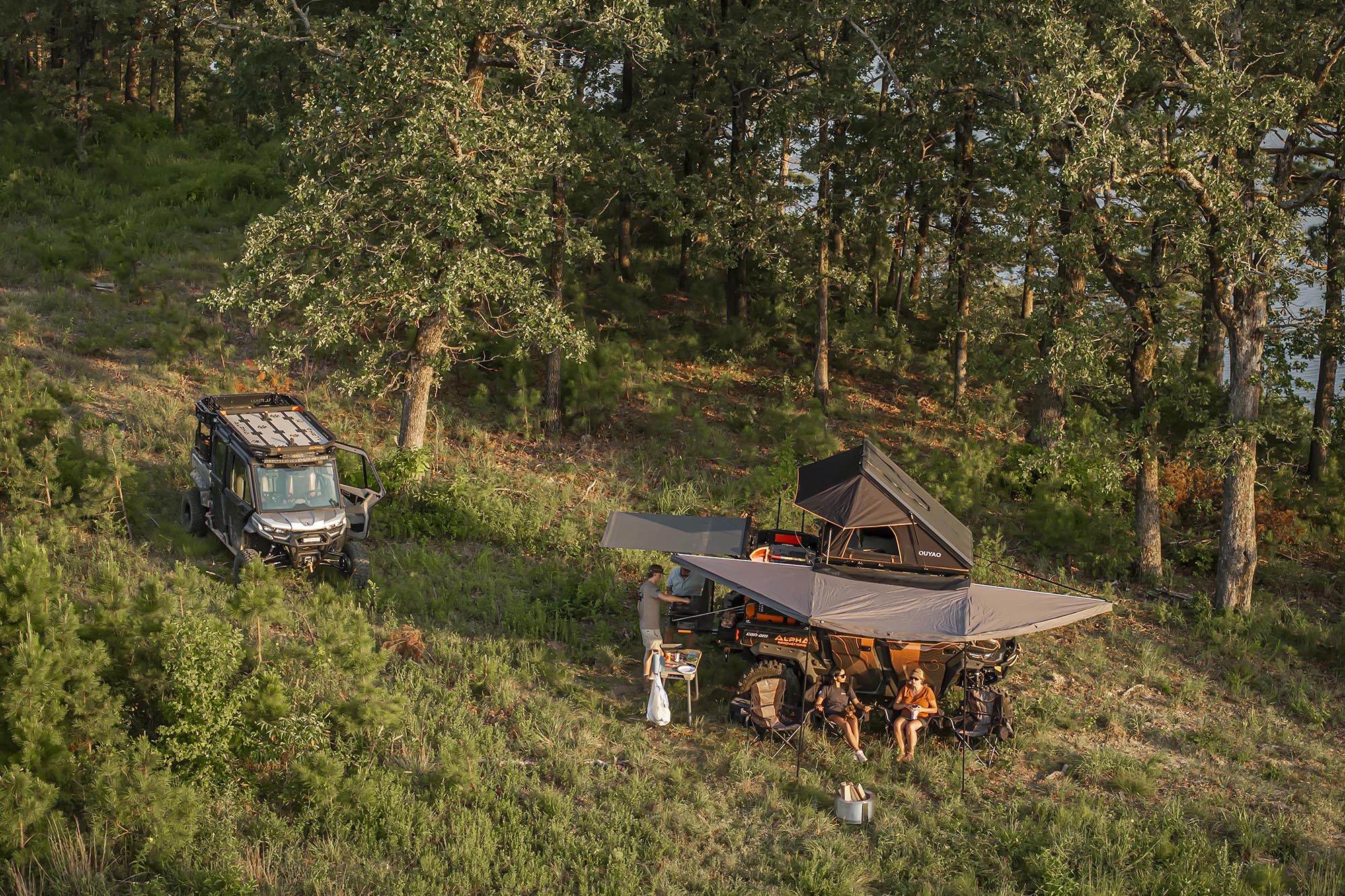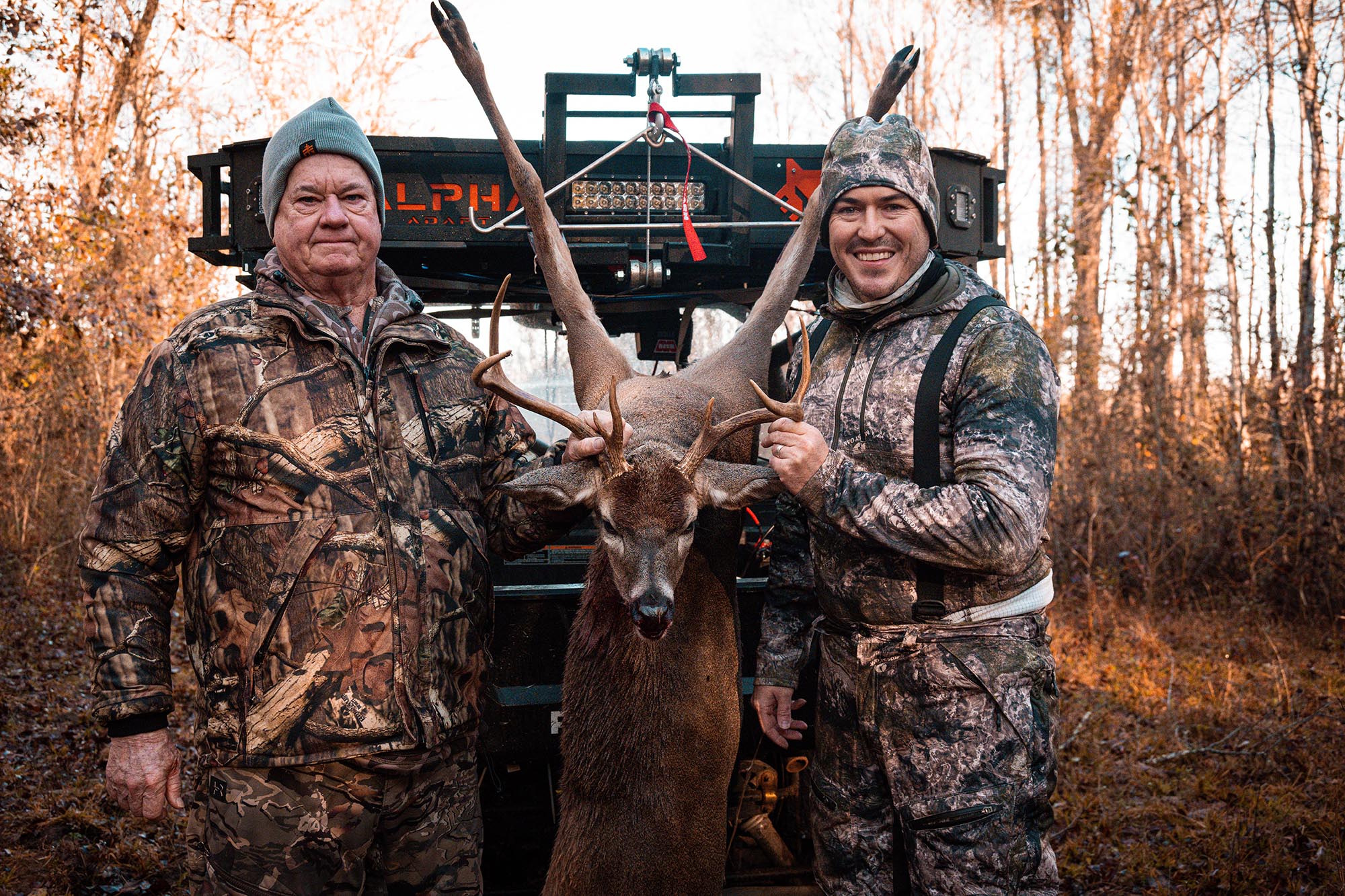Over the last several years, I’ve had the opportunity to connect with a passion I had only previously dreamed of: managing a small piece of property I could call my own.

For years, I hunted ground I could only lease from year to year, making it challenging to truly accomplish what I wanted from a wildlife habitat improvement standpoint. Upon purchasing this piece of property five years ago, my family and I have been able to enjoy the benefits that come from putting a lot of sweat equity into this particular piece of land. What was once just raw cattle ground is now a piece of whitetail heaven nestled on the edge of the beautiful Ozark Mountains.
What have I learned in the last five years, you might ask? That’s what I hope to share briefly in this short article. If I were to simplify what I’ve learned, it would look something like this: First, have a solid understanding of your goals. Second, implement a strategy and plan of action. Third, execute the plan and be willing to make changes as necessary along the way.

For me, the goal was very clear: I wanted a piece of land I could primarily manage for whitetails. This creates its own challenges when dealing with a small property. Even though I knew I only had 80 acres I could physically control, I set out on this journey to do just that. I spent a lot of time reading, watching videos, and, more importantly, talking to people who had been doing it much longer than I had on their own properties. What I learned is that you control the controllables. What can you physically do and what can you realistically afford. The cost of improving wildlife habitat is a real thing often overlooked by some just hoping to have a piece of ground one day.
These are just thoughts I considered when developing my property. As with any living creature, it initially relates back to food and water sources, which was step one for me in an ever-evolving strategy. In my simple mind, it literally came down to making sure I was willing to do more than any neighboring property owner when it came to attracting deer. Having a legitimate food source year-round was, and still is, key to the success of this property.

Growing up, all I typically witnessed were guys planting the occasional fall plot in hopes of attracting that one magnificent whitetail they could hang on their wall. Although that does happen occasionally, in my humble opinion, it’s not what turns a property into a whitetail magnet 365 days out of the year, especially in an area not known for giant whitetails.
This particular property had several small creeks flowing through it, which provided a great opportunity to develop a small pond. This allowed the property to have a water source year-round, even when the creeks dry up in the summer. This was the strategy and the plan of execution: year-round food and water. It’s not rocket science by any stretch, but it’s easy to overcomplicate things if you’re not careful.
Once I implemented those two major items, the next plan was to develop access routes to and from my hunting locations as well as buffer zones. I condensed the size of my fields by utilizing a combination of sorghum and Egyptian wheat, both of which often grow eight to twelve feet tall. It allows for concealment when entering and exiting your hunting locations as well as provides great cover and a sense of safety for the wildlife as they browse inside these areas.

Following controlled burns in early spring, we typically plant a combination of beans and peas mixed with sunflower that carries us through the summer and into fall. I can't stress the importance of planting spring plots enough. In the South, the summer months of June, July, and August are the most demanding due to the hot and humid conditions. The higher protein-producing plants are either eaten up or dry up, leaving few highly nutritious plants available to the deer during these months.
This crucial time period also happens to be the time for peak antler development for all bucks. It is obvious that poor, limited nutrition will cause problems for antler development. The science is simple. If deer do not get “the goods” during these critical months, then the bucks on your property cannot reach their full genetic potential, not to mention you are holding deer on your property year round as opposed to just attracting them in the fall.
In my efforts of attempting to create a small whitetail Disney Land for deer, if you will, its been nice to see the overall wildlife population begin to grow and reside on this property, not just the whitetail deer. Our turkey and dove population has grown. We regularly have geese and waterfowl, the occasional fox and the local groundhogs.
There’s a deep sense of satisfaction in giving back and putting in more than you take from a piece of property. It is, no doubt, creating more opportunities for the future.

During the last five years, countless memories have already been created with friends and family on this small piece of ground. I’d encourage anyone who has the opportunity of owning your own ground to explore what wildlife and habitat management could look like for yourself. Set a goal, have a strategy and plan and execute and adjust as needed.
I believe it's an investment you'll never regret.
Gear I use regularly on the property:
- John Deere Tractor/Bushhog/Tiller/Hopper John Deere Zero Turn Mower
- Can-Am Defender
- Alpha Adapt Snorkel
- Alpha Roof Rack
- Stihl Chainsaw
- All Season - Aluminum Road Feeder/Seeder
- BossBuck Gravity Feeders







